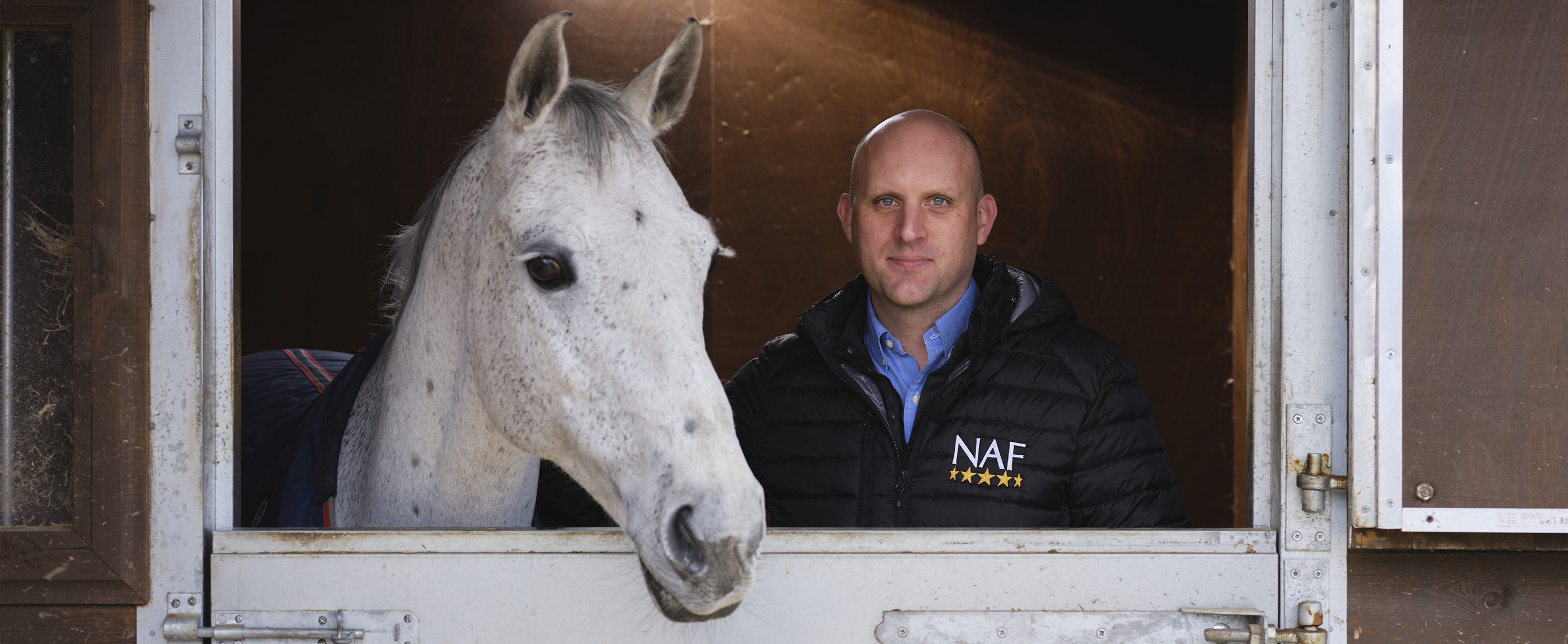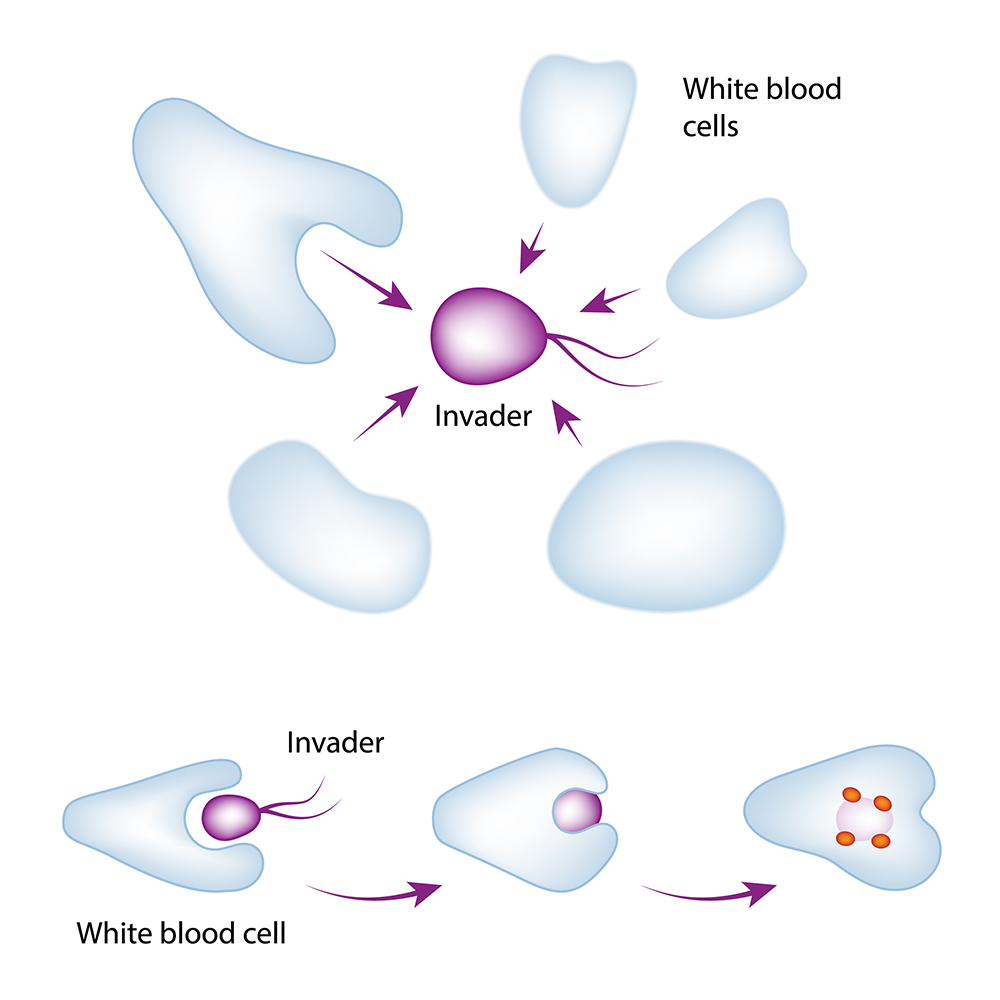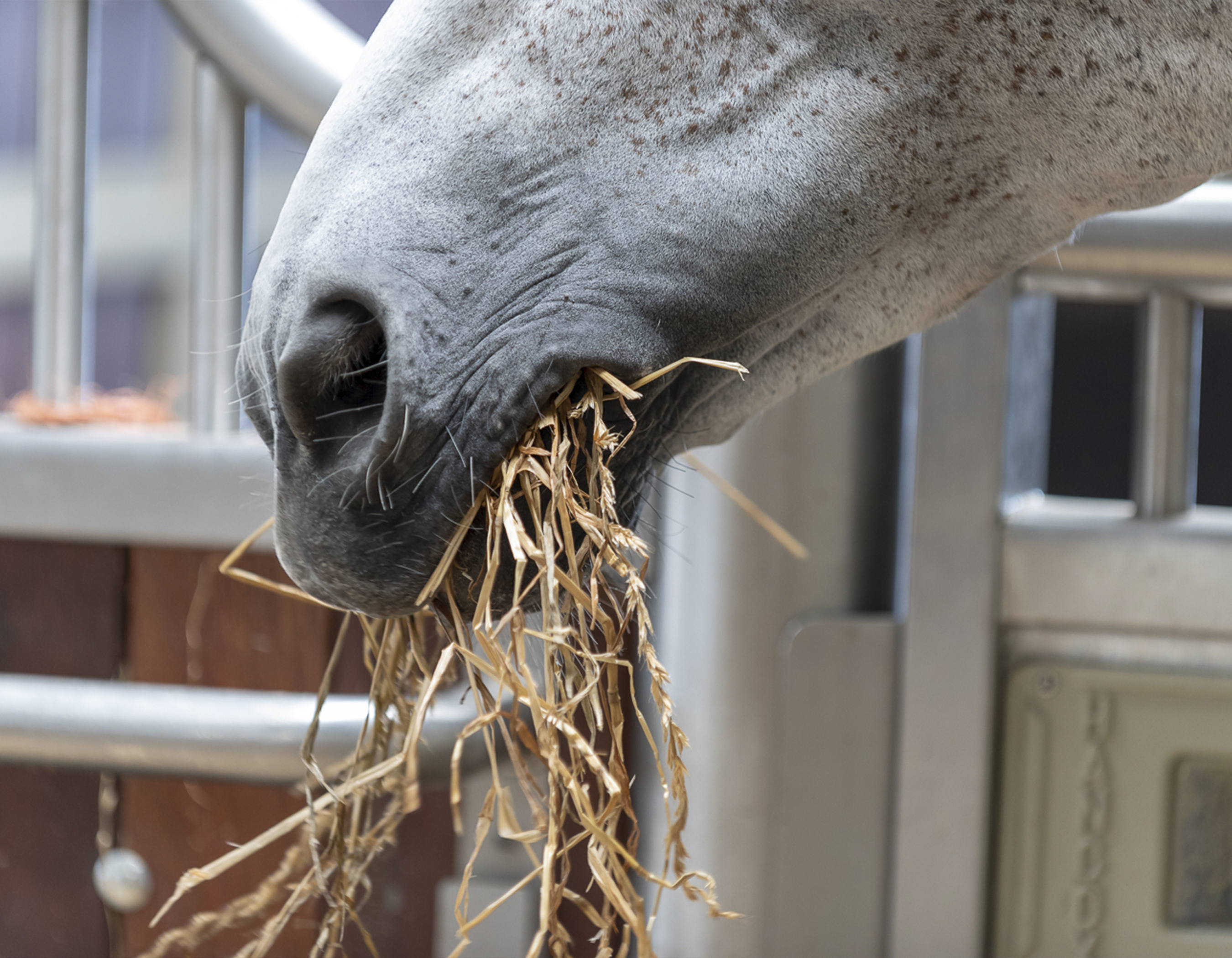
By Dr Andy Richardson BVSc CertAVP(ESM) MRCVS, NAF Veterinary Director


Inflammation is the body’s natural reaction to injury and infection. In the initial stages, it acts as the body's natural response to protect itself against harm.
There are two types: acute and chronic.
Acute inflammation is the type that will be most familiar to us. The immune system dispatches an army of white blood cells to surround and protect the area, creating visible redness, swelling and heat. On a cellular level, the body infiltrates the area with white blood cells that help fight infection. The swelling, redness and pain that results also act to tell the brain that the area must be protected, thus reducing the risk of further damage. Without acute inflammation, injuries could worsen and simple infections could be deadly.
Harder to explain and more complex is chronic inflammation. Chronic inflammation is a much longer term process, with many of its effects being far less obvious and harder to detect.
Chronic inflammation can be caused by many different disease processes including:
Rather than being helpful, chronic inflammation has been linked to the occurrence of many secondary diseases in humans such as diabetes, cardiovascular disease and cancer1. So in essence, chronic inflammation can be both the effect and the cause of many different disease processes in the body. In can start in a specific area but if left unchecked, start to have negative consequences throughout the body.
This will occur if the body’s normal protective inflammation becomes excessive or longer lasting than is necessary. What started as a helpful defence response can turn into a chronic problem. The immune system normally secretes pro-inflammatory cytokines, which are chemical messenger proteins including interleukins (IL) and tumour necrosis factor (TNFα). These cytokines are important for causing a beneficial physiological response to infections or injury and leading to a successful recovery, however uncontrolled release can be unhelpful2.
While inflammation might start in one area of the body, excessive inflammation releases substances into the circulation that act throughout the body where they are not actually required. This process can be damaging to the horse2.
There is far less research available in horses but chronic inflammation is involved with several common equine inflammatory conditions that can be difficult to treat, such as:

Prevention
Obesity in other species has been identified as a risk factor for chronic inflammation and secondary disease as mentioned above.
Therefore, it is important we pay particular attention to the body condition score and fitness levels in horses. Basic principles would include:
Treatment
Should you notice any persistent signs of reduced appetite, pyrexia, quiet demeanour, change in faecal consistency or urination then veterinary advice should be obtained.
Any underlying diseases should be treated appropriately and you should remain in close contact with your vet to discuss repeat examination and ongoing treatment.
How can the actual inflammation be treated? Acute inflammation can be very effectively treated with short courses of anti-inflammatory medication. This will usually be from one of two main categories:
Long term use of the above groups of medication can have negative consequences and should be discussed carefully with your vet.
Some of the possible unwanted consequences of NSAIDs include disruption to the gut lining that can lead to gastric ulceration and diarrhoea3. In addition, long term high level doses can cause unwanted damage to the kidneys. There is conflicting evidence concerning corticosteroid use and the unintended triggering of laminitis. Whilst this type of medication is a very effective first-line treatment for many inflammatory conditions, it can be associated with laminitis. The risk is low but likely to be increased in obese horses or those with underlying PPID or EMS. The risk may also be increased with long term administration at higher doses.
As chronic inflammation is by nature a long-term problem, it can present vets with a challenge in terms of effective treatment options. As mentioned above, exercise and dietary modifications can be really effective.
Also of emerging importance is the use of natural antioxidants. Horses would naturally consume a variety of different plants as part of their roam and graze existence. Modern pastures are often lacking in diversification of plant species. Plants are an excellent source of antioxidants such as carotenoids, flavonoids and polyphenols.
Antioxidants reduce the unwanted free-radicals or reactive oxygen species (ROS) that are produced during periods of chronic inflammation4. ROS will attack healthy tissues and generate more free radicals, so the process becomes an unwanted chain reaction. Antioxidants work by donating an electron and stabilising ROS, thus helping prevent the continued production of free radicals.
If your horse’s diet is lacking in diversity of grazing, then supplementation with plant based antioxidants may be highly beneficial.
Selected References:
NAF © 2024 | NAF is a trading name of Greencoat Limited, registered in England & Wales. Greencoat Ltd - Registered address: Weston Centre, 10 Grosvenor Street, London, W1K 4QY. Registered Number: 1560 108. Registered in England & Wales.Number: 1560108 VAT Registration Number: 378 9295 80